Welcome back to the Lab!
Early spring in Montana can be a major gamble when it comes to weather. If you’re like me, you put all your eggs into your spring basket and are inevitably disappointed when temperatures drop below freezing. So what do you do? Cozy up with a good book? Spend the day cooking or baking? While I enjoy all of the above, sometimes I like to go virtual bug hunting.
Animal Crossing is a wildly popular video game series developed by Nintendo where the player inhabits an island and spends their days chatting up local villagers, collecting fossils, fishing, and of course, collecting bugs. The latest title in the series, Animal Crossing: New Horizons, boasts nearly 100 insect and arthropod species to collect, all of them based on real-life counterparts and stunningly rendered to make identification easy.
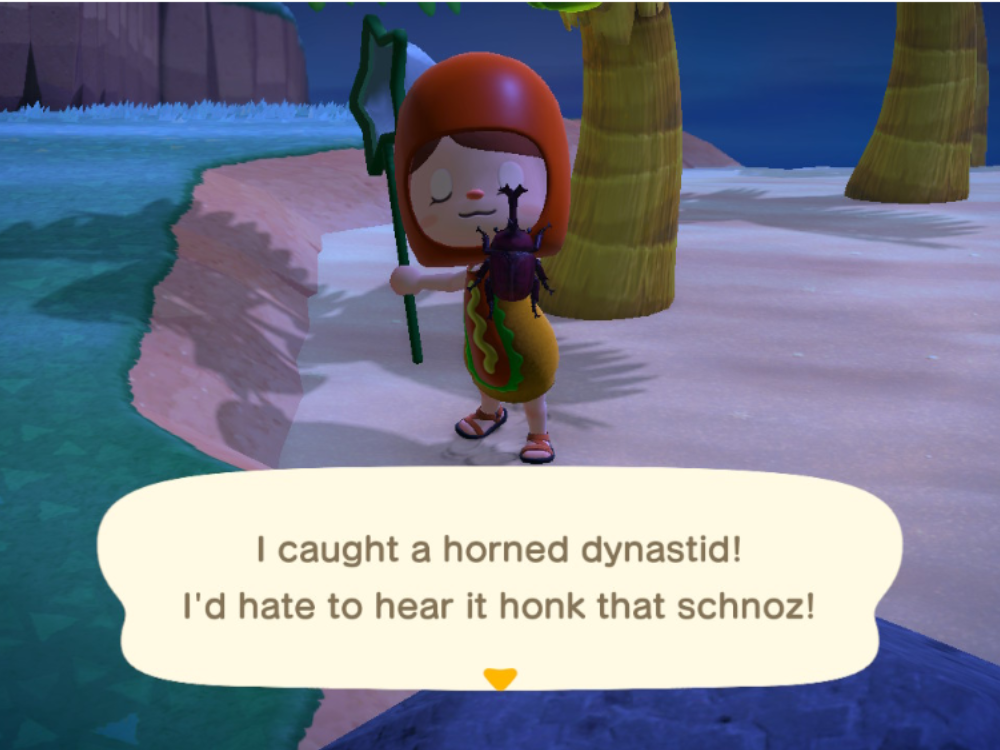
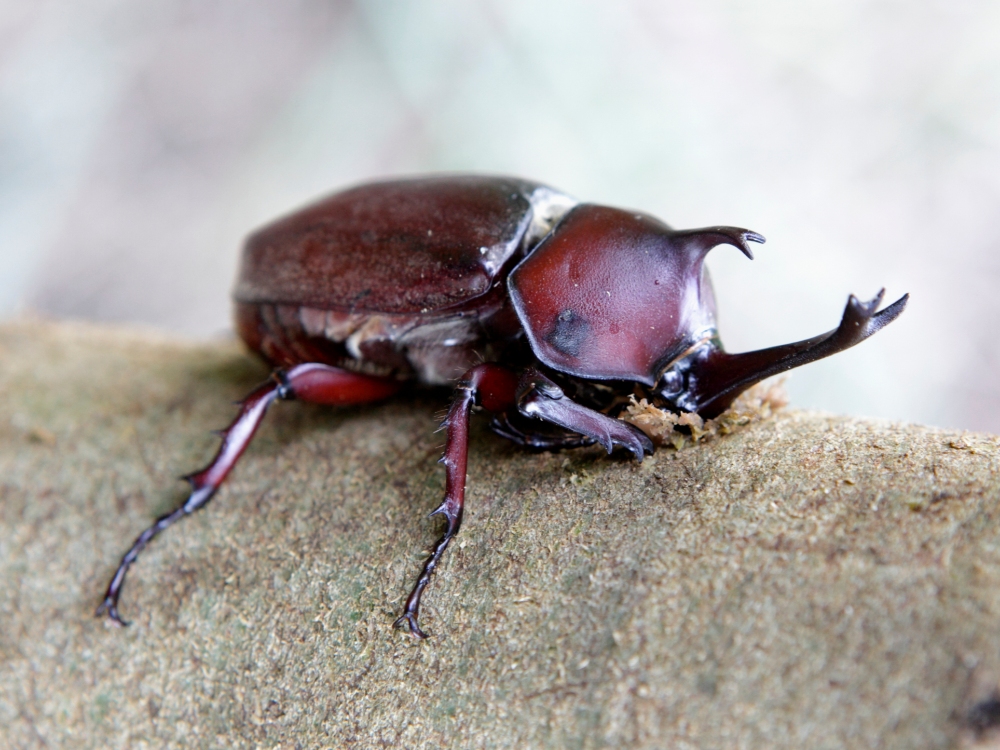
Animal Crossing doesn’t explicitly have an overall objective; players can live out their lives on their own private island, spending their time how they see fit. The days and nights cycle in real time, and seasons shift according to which hemisphere the player resides in. It’s a no-stakes, free-for-all. With bugs.

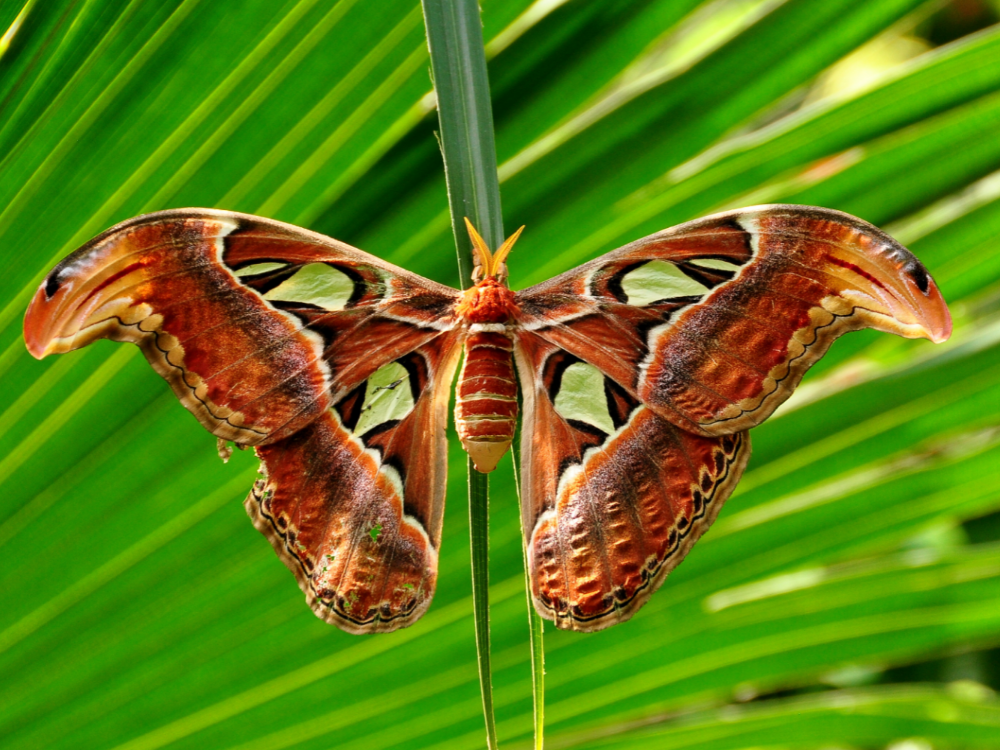
While many of the insects seen in Animal Crossing are unique to Japan and east Asia, every continent is represented with at least one species; including several found in the Americas. Many species have either been on display at MBHI in the past, are currently in our collection, or will be on display in our future home.
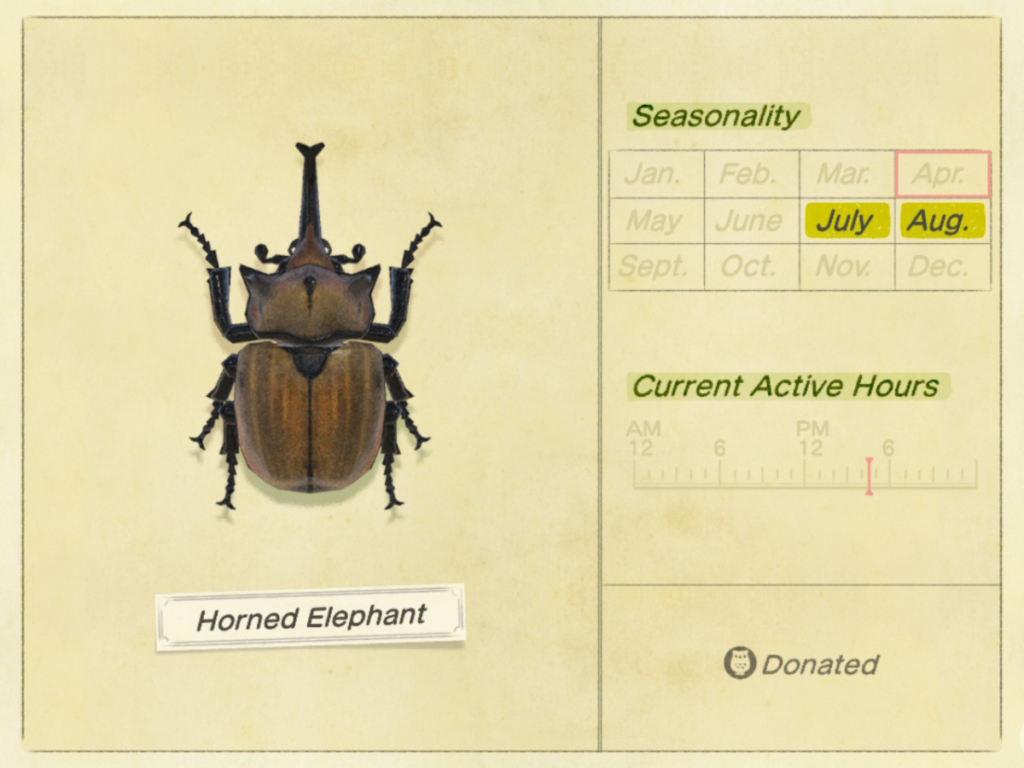
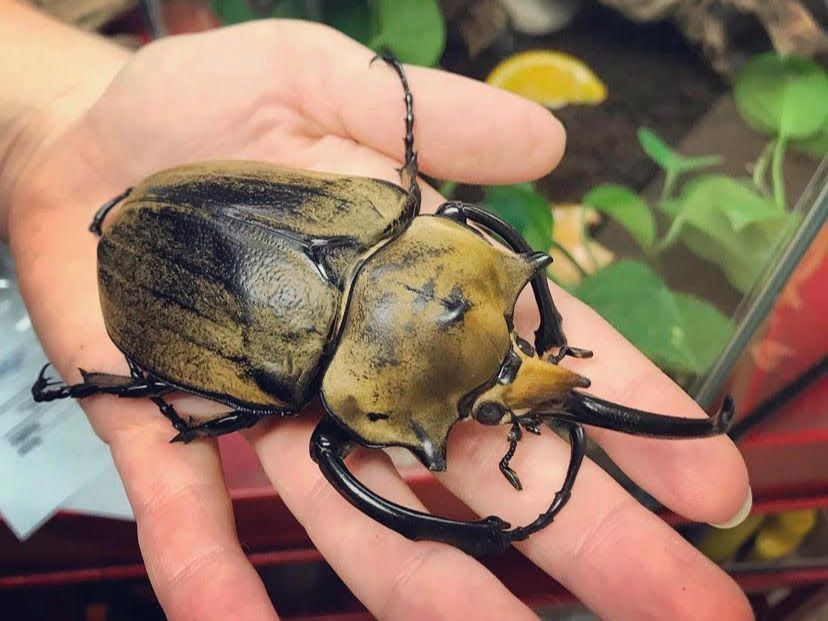
For example, the elephant beetle (Megasoma elephas) is easily one of my favorite in-game and real-life insects. Native to the rainforests of Central and South America, these large, nocturnal horned beetles will undoubtedly return to MBHI once the new facility is completed. As adults, they only live around 1-3 months, but spend nearly 2 1/2 years in their larval stage. It takes a lot of time (and a lot of food) to reach that size!
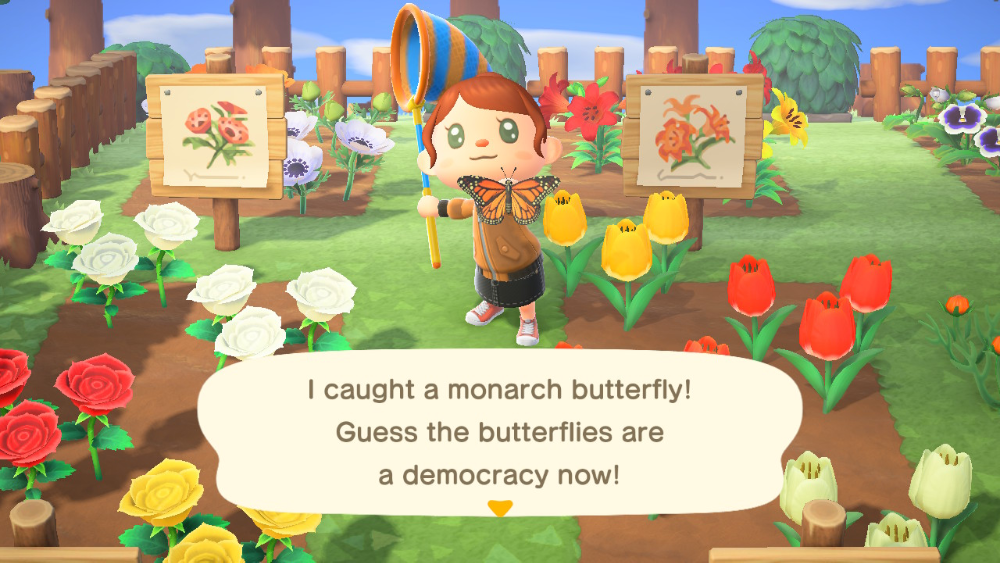
Many popular North American insects can be found on your island as well. Two migratory species, the monarch butterfly and the common green darner, can be found during months that they may be encountered in real life. The monarch (Danaus plexippus) can be found in September through November, about when they would be making their southern migration in real life. If you live in the Southern Hemisphere, the monarch is found March through May, when they would be migrating northward.
The common green darner (Anax junius), seen below, has overlapping generations, making sightings abundant from late spring to early fall.
While the life histories of the bugs found in Animal Crossing stay as true as they can to their real-life counterparts, they can’t all be accurate. In the northern hemisphere, bugs are scarce in the winter; but in Animal Crossing, you’ll often come across dung beetles performing their characteristic dung-roll… with snowballs.
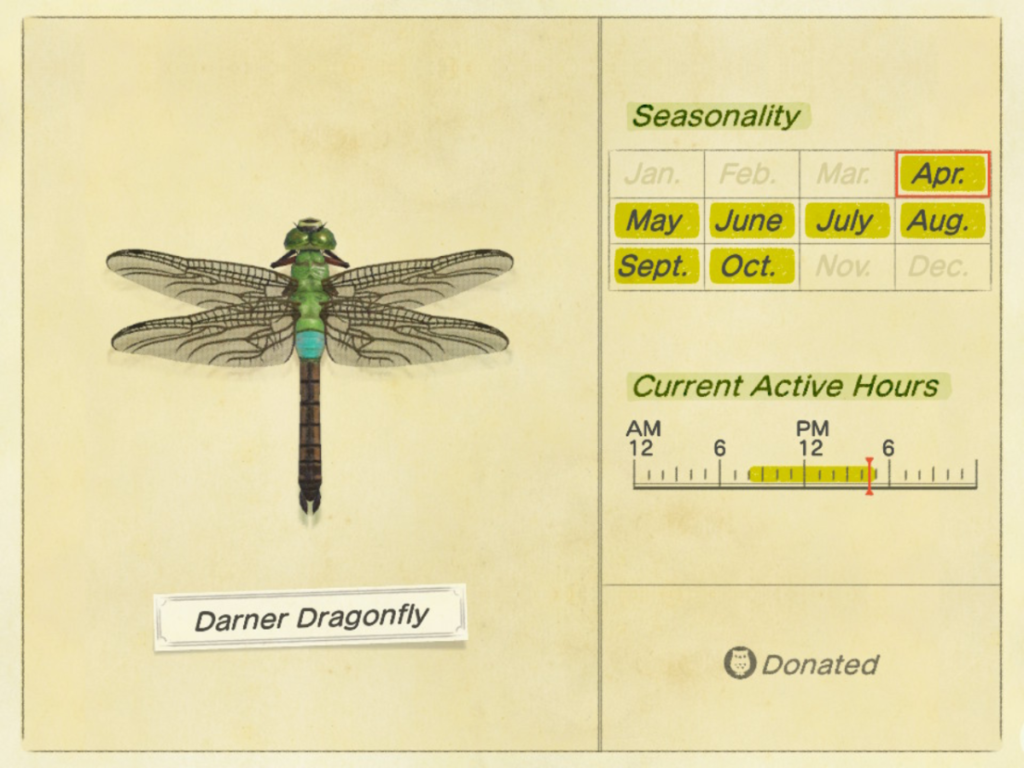
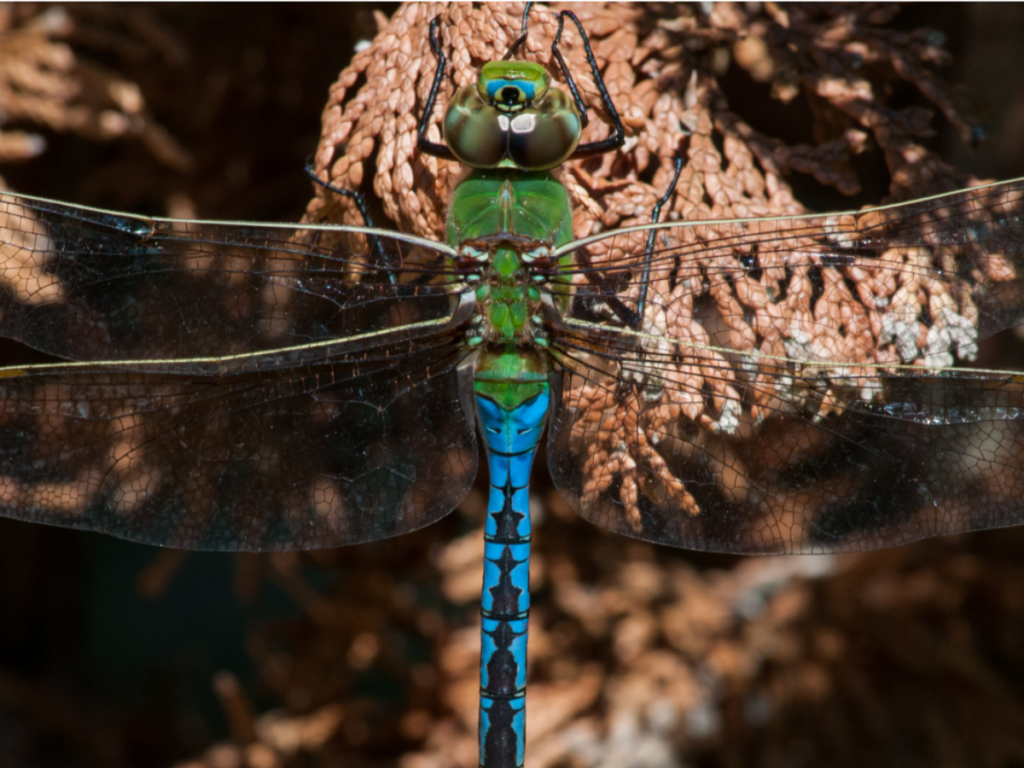
So, what does one do with all these insects once they’ve been acquired? Donate them to the local museum, of course! The in-game museum, which has been lauded by professionals for its attention to detail and stunning design, accepts donations of insects, along with fish, fossils, and works of art. Though the museum curator, an intellectual, anthropomorphic owl named Blathers, is less than enthused about receiving insect donations, he tells the player that “despite bugs being the bane of my existence, rest assured the wretched thing will get the best of care here.”


Blathers keeps his promises, too. The hall of insects certainly takes its liberties, with free-flying insects and arthropods residing in habitats resembling their own native ecosystems. That said, sometimes it certainly feels like you could be walking through the future home of MBHI. The museum even boasts its own free-flying butterfly house.
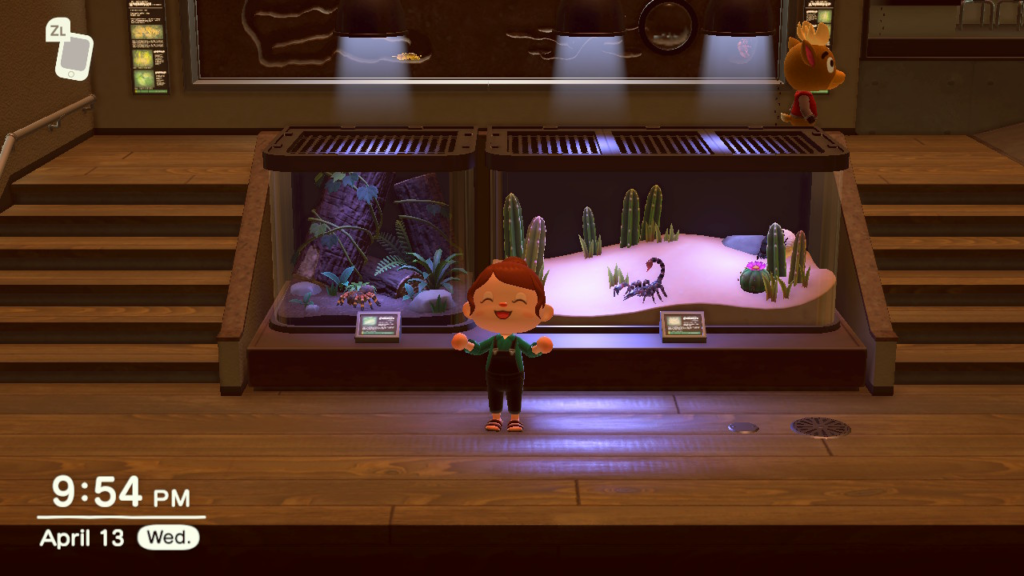
Developers designed the museum with real-life examples in mind, and as you stroll through the collections, it becomes increasingly evident that it was done so with thoughtfulness and care. But my absolute, hands-down favorite aspect of Animal Crossing? The insect lab, of course.
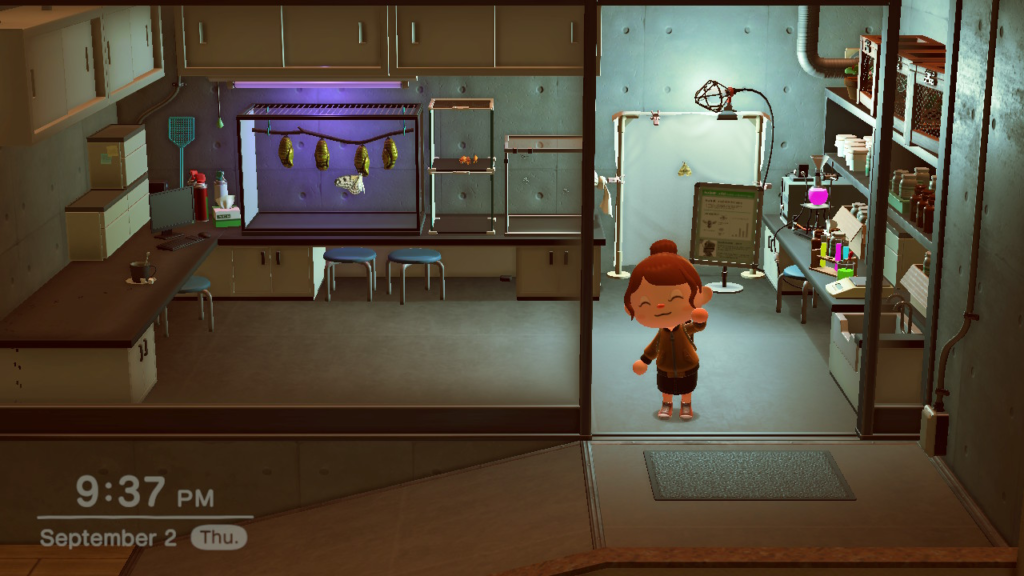
Until next time, thanks for visiting the lab!
Bug Wrangler Brenna
brenna@missoulabutterflyhouse.org
Want to revisit a previous Notes from the Lab issue? Check out our archive! Do you want to request a subject for an upcoming issue? Email me at the address above and put “Notes from the Lab” in the subject line.